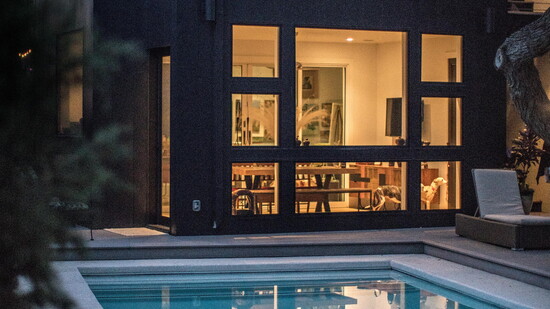As Austin’s housing policies shift toward denser and more flexible development, local builder Nick Ryza says there’s never been a better time to invest in an accessory dwelling unit — especially one built with sustainability in mind.
Ryza is the founder of Build Native, a company that has been at the forefront of green building since 2007.
“We started with the goal of building net-zero energy homes,” he said, noting their early use of solar panels, geothermal heat pumps and rainwater collection systems — long before they became standard options.
Today, the company focuses on energy-efficient builds in lockstep with Austin’s aggressive green building standards.
Austin’s Home Options for Mobility and Equity Initiative, implemented in February 2024, now allows up to three housing units on lots previously zoned for single-family use. It also permits building on smaller lots and relaxes other development restrictions, making it easier for homeowners to add ADUs.
According to Ryza, these changes aren’t necessarily driving construction costs down, but they are “increasing what’s possible to build.”
Still, affordability remains relative.
“A starter ADU is probably on the very low end, about half a million,” Ryza said. “But if you can afford to build one now, you should — costs aren’t going down.”
Supply chain disruptions, rising labor costs and tariffs are all factors contributing to ongoing price increases.
Beyond cost, Ryza emphasizes the potential return: “For a lot of people, adding an ADU isn’t about resale value right away — it’s about cash flow. Renting it out can help cover taxes or even a mortgage.”
That financial flexibility can be critical in a city where property values continue to soar.
Build Native’s process includes working closely with architects on feasibility studies that factor in zoning, tree protection ordinances, utility access and impervious cover limits. The company often builds in tandem with Native Solar, its sister company, to help homeowners achieve greater energy independence.
Their recent ADU in Travis Heights, used as an office and guest suite, incorporated modern brick features and was designed to complement the main home. Another in Dripping Springs was angled specifically for optimal solar panel efficiency.
“Whatever you’re building should look like it belongs with your home,” Ryza said.
With Austin’s zoning now opening new doors, Ryza offers a final piece of advice: “Start with your budget. Know what you can do and partner with a builder who knows how to do it right.”
Know what you can do and partner with a builder who knows how to do it right.
